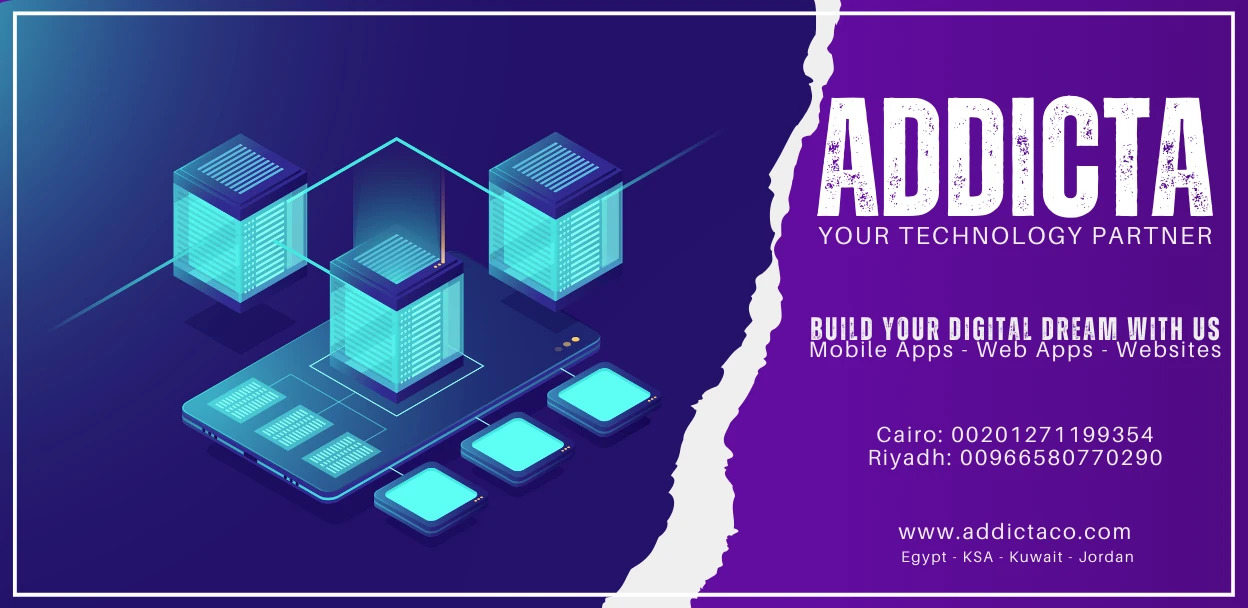Microservices architecture for web apps is a modular approach where applications are divided into smaller, independent services that communicate via APIs. This contrasts with monolithic structures, where all functionalities exist in a single codebase.
Each microservice operates independently, handling a specific business function such as authentication, payment processing, or user management. This decentralized nature enables greater agility, scalability, and resilience in web applications. Companies like Netflix, Amazon, and Uber leverage microservices architecture to handle their large-scale operations efficiently.
Advantages of Microservices Architecture for Web Apps
1. Scalability
One of the most significant benefits of microservices architecture for web apps is its ability to scale. Since each service is independent, businesses can allocate resources dynamically to different services based on demand. For example, an e-commerce platform can scale its payment gateway service separately during high traffic periods without affecting other services like product browsing or order history.
Additionally, auto-scaling mechanisms in cloud environments can optimize performance and cost-efficiency, ensuring that resources are utilized effectively.
2. Faster Development and Deployment
Microservices enable parallel development by allowing different teams to work on separate services simultaneously. This results in:
- Faster feature rollout
- Shorter development cycles
- Independent testing and debugging
For example, a SaaS company can continuously deploy updates to its analytics module without interfering with other services. This flexibility allows for quicker adaptation to market demands.
3. Improved Fault Tolerance
In monolithic applications, a single failure can disrupt the entire system. However, in microservices architecture, a failure in one service does not bring down the entire application. For instance, if a recommendation engine in a streaming service fails, users can still browse and play content without disruption.
4. Technology Flexibility
Each microservice can be developed using the most suitable programming language and technology stack for its function. This flexibility allows developers to:
- Choose optimal tools for each service
- Improve performance by leveraging specialized frameworks
- Migrate to new technologies without affecting the entire application
5. Efficient Maintenance and Updates
Microservices architecture for web apps enables independent updates, reducing downtime and minimizing risks. Unlike monolithic systems, where an update requires redeploying the entire application, microservices allow incremental changes.
For instance, if an organization needs to add a new payment method to its e-commerce platform, it can update the payment microservice without affecting the product catalog or checkout process.
6. Enhanced Security
Microservices can implement different security protocols tailored to their needs. APIs facilitate secure communication between services, and role-based access control ensures that only authorized components interact with sensitive data. Additionally, containerization and service mesh technologies enhance security by isolating services and enforcing strict authentication policies.
Challenges of Microservices Architecture for Web Apps
1. Increased Complexity
Microservices require careful orchestration, as multiple services must communicate seamlessly. This involves:
- Managing service dependencies
- Implementing API gateways
- Using containerization platforms like Kubernetes
Development teams must adopt best practices such as service discovery, logging, and distributed tracing to maintain system stability.
2. Higher Infrastructure Costs
Running multiple microservices requires additional cloud resources, load balancers, and monitoring tools, leading to increased operational expenses. However, cost management strategies, such as auto-scaling and serverless computing, can help optimize resource utilization.
3. Data Management Issues
Data consistency across distributed services is challenging. Unlike monolithic databases, microservices use decentralized data storage, requiring strategies such as event sourcing and database replication to maintain integrity.
For example, in a banking app, transactions processed by different services must be synchronized to prevent discrepancies in account balances.
4. Latency and Performance Overhead
Since microservices rely on API calls and network communication, performance bottlenecks can arise. Strategies such as:
- Caching frequently accessed data
- Using asynchronous messaging (e.g., Kafka, RabbitMQ)
- Optimizing API requests
help mitigate latency issues and ensure smooth performance.
5. Security Risks
Microservices introduce additional security risks due to increased attack surfaces. API security vulnerabilities, such as unauthorized access and data breaches, must be addressed using:
- OAuth and JWT authentication
- End-to-end encryption
- Regular security audits
When to Use Microservices Architecture
Microservices architecture for web apps is ideal for:
- Large-scale applications with complex functionalities
- Businesses requiring frequent updates and releases
- Organizations with multiple development teams working independently
- Applications that need high availability and fault tolerance
For instance, companies looking to Web App Improve Business Efficiency can benefit from microservices by streamlining development and enhancing operational agility.
When Not to Use Microservices Architecture
Despite its advantages, microservices may not be suitable for:
- Small applications with limited functionalities
- Startups with constrained budgets and development resources
- Teams without expertise in managing distributed systems
In such cases, a monolithic approach might be more practical until the application scales.
Choosing the Right Development Partner
Transitioning to microservices requires expert knowledge in cloud computing, DevOps, and API management. Businesses should seek professional assistance to ensure a smooth migration. If you’re looking for expert guidance, consider partnering with The Best Company For Developing Web Applications to build a scalable and efficient microservices-based solution.
Conclusion
Microservices architecture for web apps offers numerous benefits, including scalability, flexibility, and faster deployments. However, it also introduces challenges related to complexity, data consistency, and security. Organizations must assess their specific requirements before deciding whether microservices align with their goals.
By implementing best practices and leveraging the right tools, businesses can harness the full potential of microservices to build resilient and high-performing web applications.

